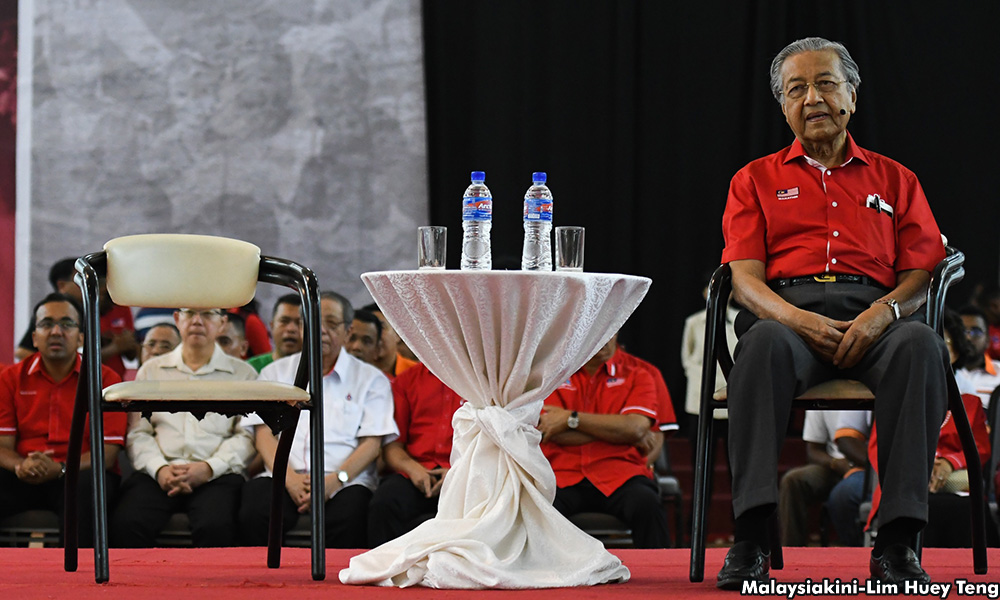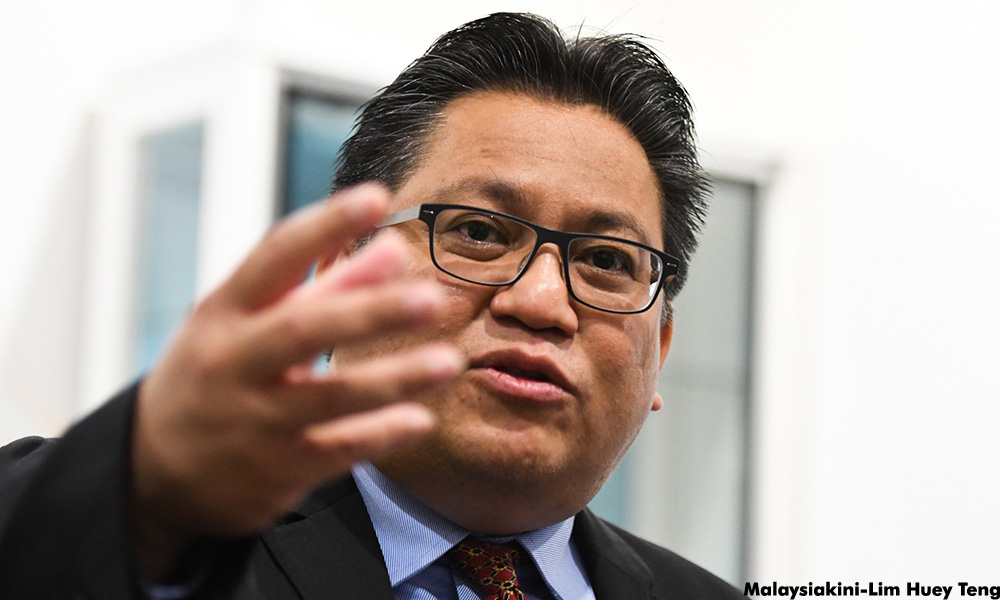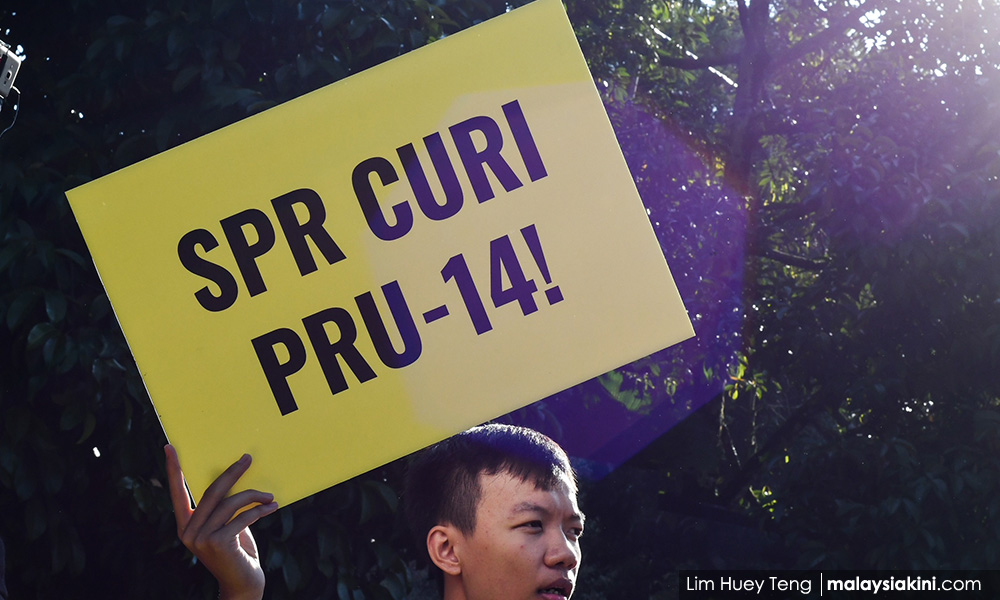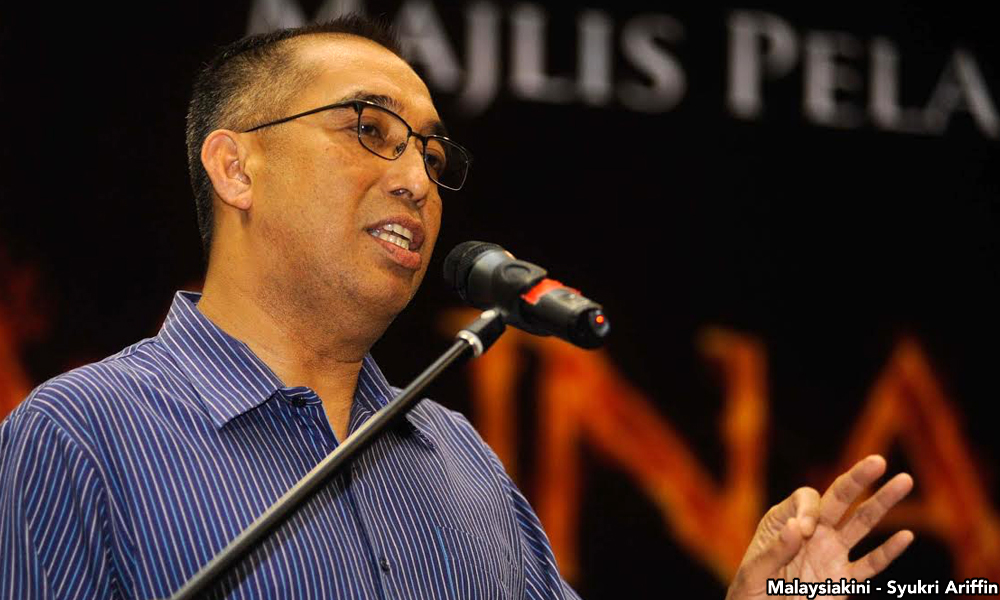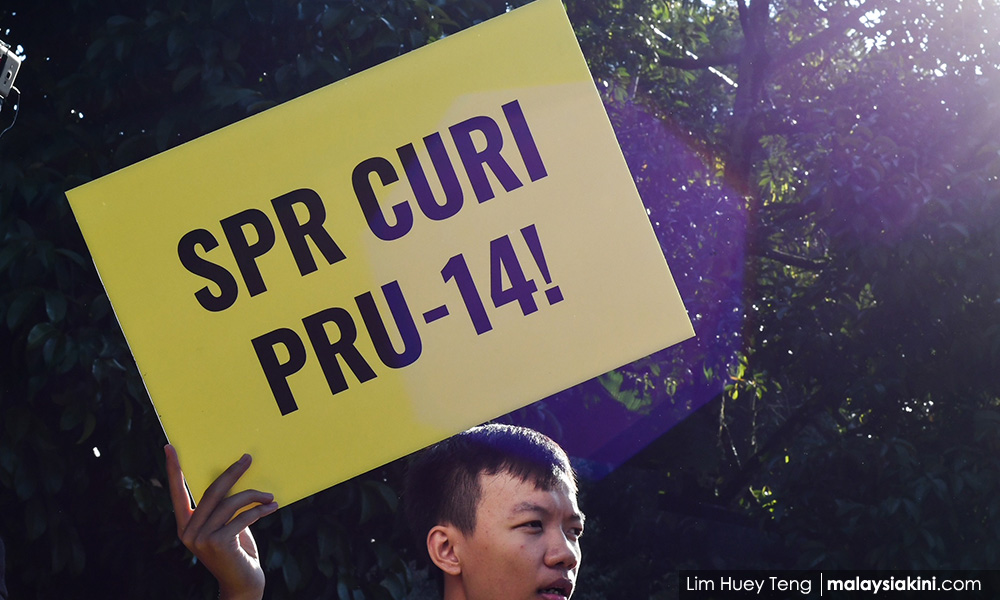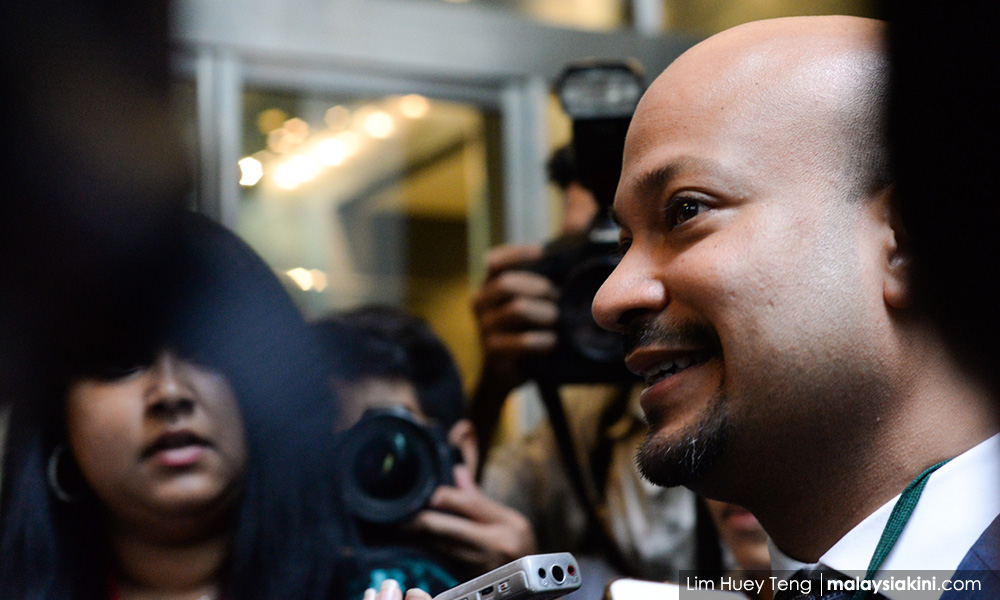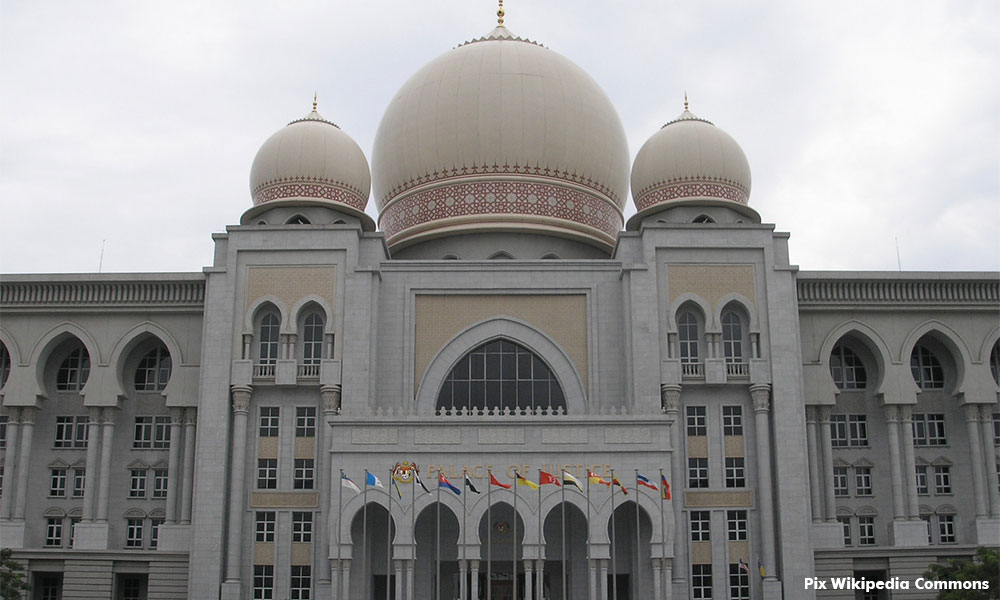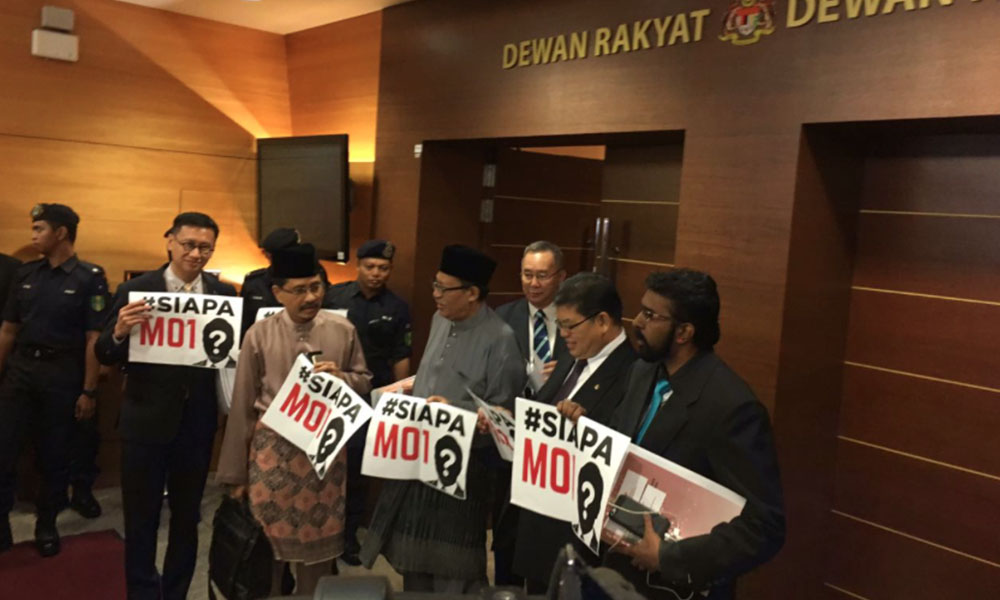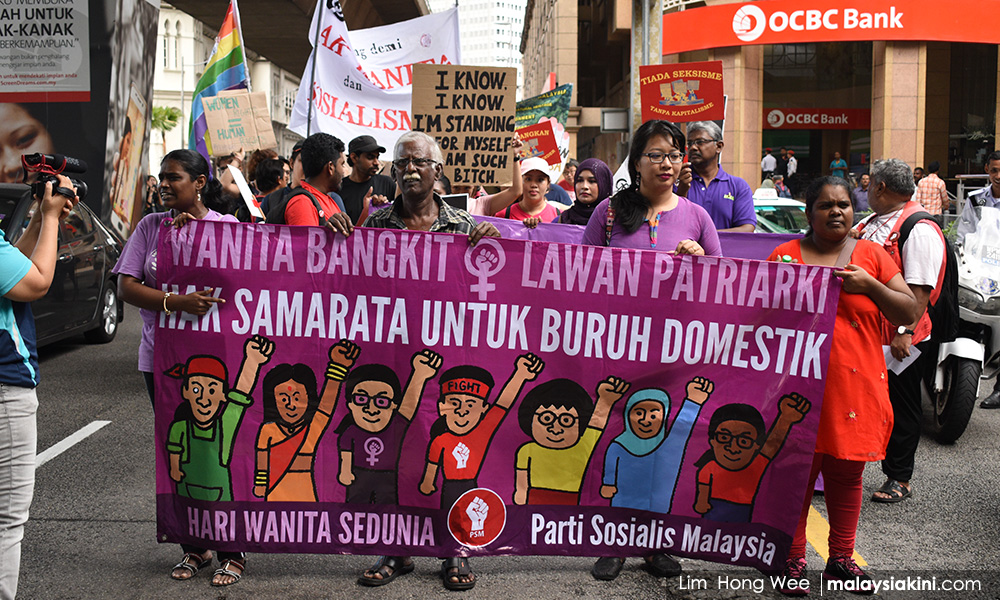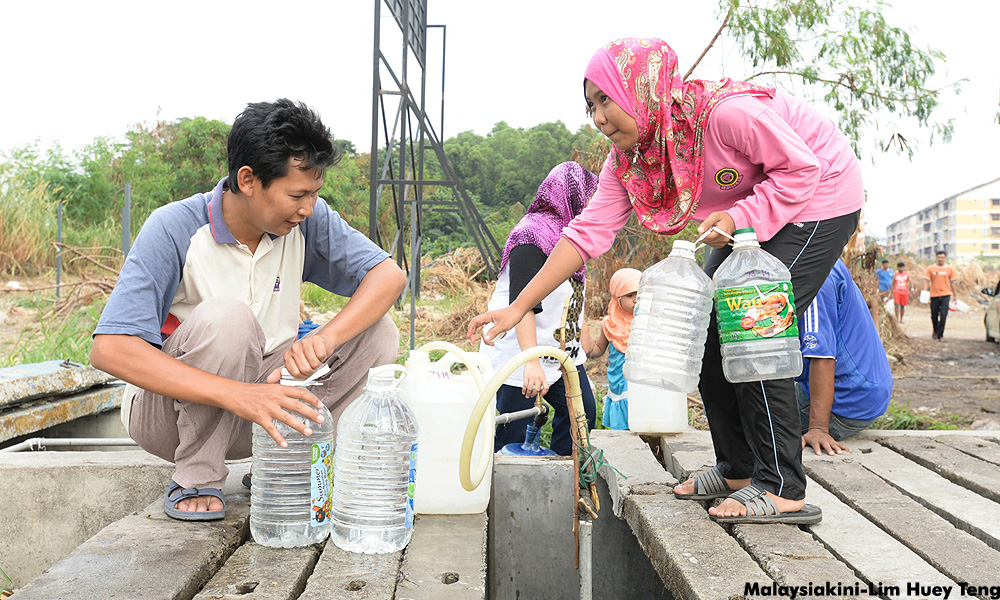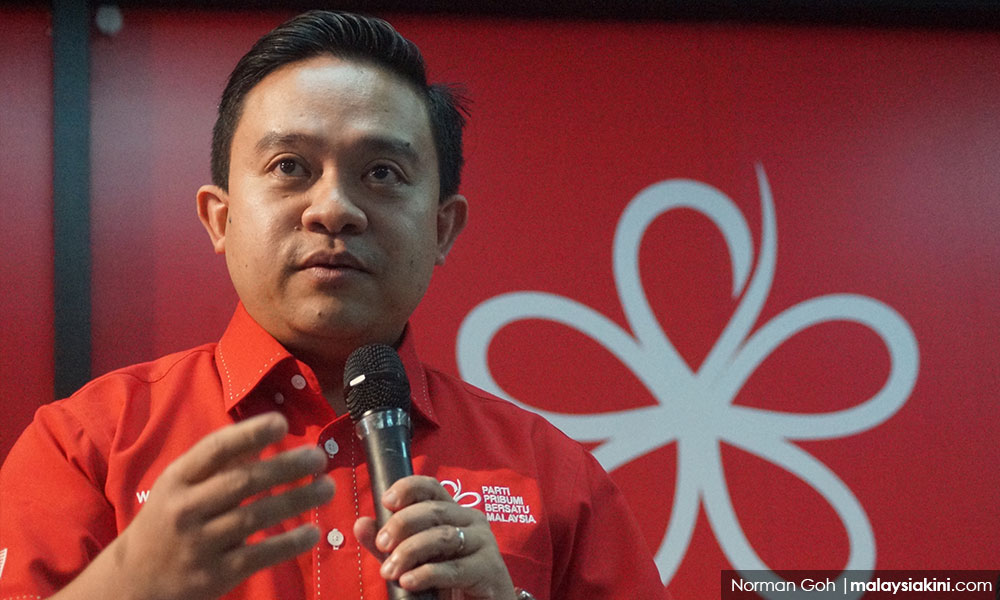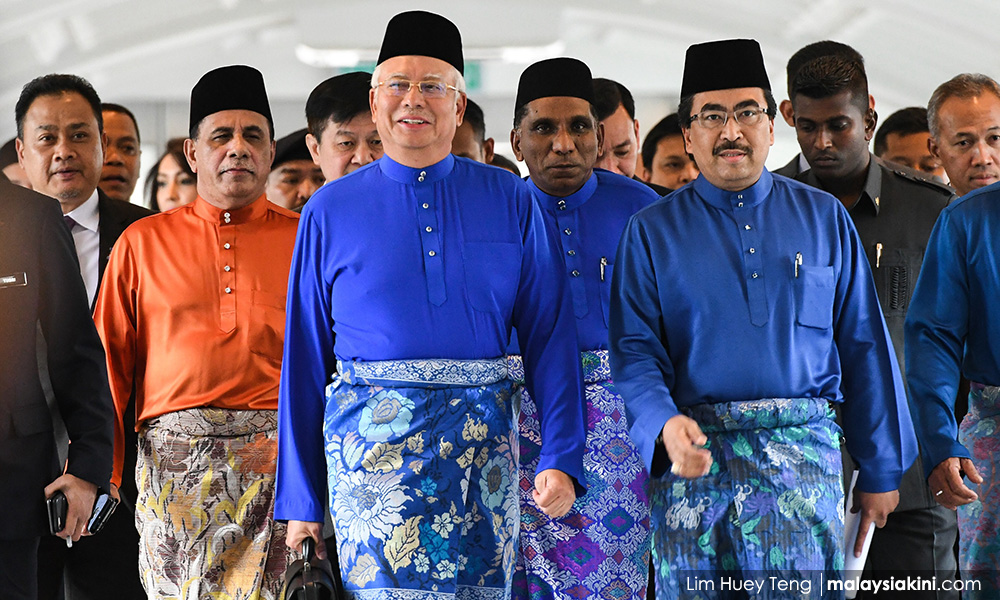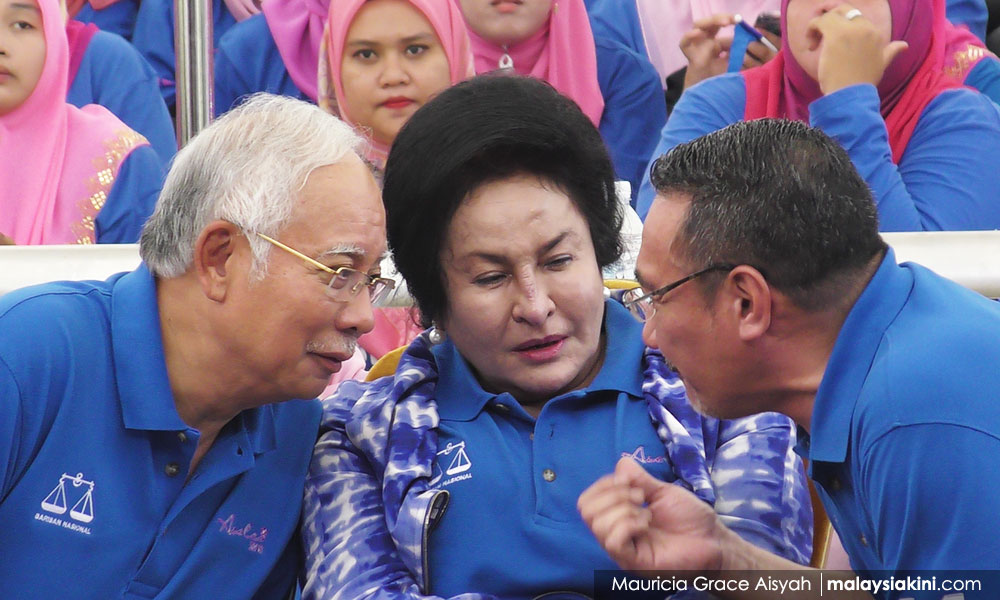– K. Arumugam, August 12. 2017.
 COMMENT: Can the Malaysian Indian Blueprint provide specific budgetary explanation on how it will achieve the target of 100% access to preschool education of the children from IB40?
COMMENT: Can the Malaysian Indian Blueprint provide specific budgetary explanation on how it will achieve the target of 100% access to preschool education of the children from IB40?
The Malaysian government will need RM182 million to kickstart the preschool programme under the Malaysian Indian Blueprint (MIB) for children in the Indian bottom 40% (IB40).
Such an allocation ought to begin now as the budget for 2018 will soon be revealed.
This will give meaning to the promise made in the MIB, that the government will ensure Malaysian Indian children aged 4 to 6 years, regardless of income and documentation status, will receive preschool education during the MIB period 2018 – 2022.
The Socio Economic Development of Indian Community Unit (Sedic) has been designated as the implementation entity for MIB.
It claims to be restructured in line with the focus areas and initiatives defined in the MIB to uplift the socioeconomic status of the Indian community, with special regards to Indians in the bottom 40% (IB40).
To Sedic’s credit, as per the MIB, it is currently involved in assisting 7,550 preschool children. Though its grants are ad-hoc, partial and on a year-to-year basis, they are indeed an important subsidy to bear part of the operational costs of the preschools for the IB40.
These preschools are grossly under-funded and the teachers are paid less than half of what a government preschool teacher gets.
MIB has recognized that, currently 55% of Indian children, i.e. about 26,000 of those aged 5 to 6 years attend preschools. It also acknowledged that for the IB40, the lack of Early Childhood Education (ECD) is disadvantageous to the children’s educational mobility.
The gap of 45% or 21,000 of children not attending any form of ECD is too wide to be ignored.
According to Child Development Initiative (CDI), a non-governmental initiative with 20 years of involvement in ECD, there is a dire need to address the preschool needs of children from poverty homes.
To them, education is the key to better their livelihood. The displaced plantation community is fast becoming the urban underclass with a tendency for occasioning dysfunctional family structures. The children from these homes must be saved early.
Research indicates that investment in preschool education is a priority in human capital development. All the more that such investment is acutely needed for the poverty trapped IB40.
The current ad-hoc measures of government subsidy to community-based preschools are in the wrong direction. Many are underpaid and untrained and retaining quality teachers is always a challenge. Ignoring investment in preschool education may escalate social costs in the long run.
One of the leading medical journals, The Lancet, offers supporting evidence to state that ECD is seen as one of the most cost efficient investments in human capital which leads to a country’s sustainable development.
A simulation on increasing pre-school enrolment in 73 countries found benefits in terms of higher future wages of $6.4 -$17.6 per dollar invested.
To deal with the situation, MIB needs to take over the burden of the current preschools that are catering for the needs of about 7,000 children assisted by Sedic and the unenrolled 21,000 children of ages 5 and 6.
CDI estimates that the average operational cost per child incurred in the government run preschools is about RM3,500 per year. Based on this, the operating costs required to run quality preschools for an estimated total of 28,000 children would be RM98 million per year.
In addition to the above, the government requires 840 classrooms based on the current capacity of 25 children per class to cater for the 21,000 children.
Modestly costing the construction cost at RM100,000 per classroom (Ministry of Education estimates the cost of construction between RM150,000 to RM200,000) the government would have to allocate RM84million as development expenditure for the construction of the classrooms.
The total budget including operating costs and development expenditure is RM182 million. This excludes other associated costs such as recruitment and training of teachers, supervision and the preschool education for children of age 4 (which is part of the MIB promise).
In any event such a budget for IB40, benefitting over 28,000 children annually should not be construed as extraordinary. The government had indeed spent RM518,526,198 for the period 2009 – 2016 on the Prime Minister’s wife Rosmah Mansor’s Permata ECD programme meant for about 2,200 children annually.
Having promised at the outset that the MIB is committed to deliver its promise to solve the preschool needs of the IB40, it does not divulge the mechanisms to achieve the said targets.
However, in a non-committal tone, the MIB document states that it will support broader government efforts in establishing new preschools, complement current government schemes with temporary and specific assistance and also will explore private sector partnerships in addressing the preschool needs of the IB40.
Such position is an anomaly of the MIB in relation to its preschool agenda. If the commitment is not delivered it will only mean that the government is indeed devoid of any concrete agenda of action to resolve the preschool needs of the IB40.
It is incumbent upon the members of the Cabinet Committee for Indian Community (CCIC) to reveal the truth of the document and provide specific budgetary explanation as how it will achieve the target of 100% access to preschool education of the children from IB40.
Going by the words of the Noble Laureate Gabriela Mistral, “Many things we need can wait. The child cannot. Now is the time his bones are formed, his mind developed. To him we cannot say tomorrow, his name is today.”
This will be an acid test for MIB’s preschool agenda and the legitimacy of the CCIC as the partner of the government.
K Arumugam is Tamil education activist and director of Suaram
[Main photo from http://yayasanrakyat.com.my/]
-Berita Daily





